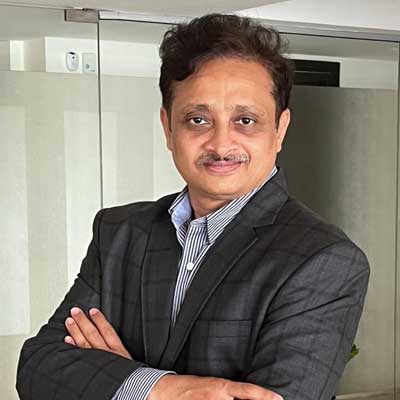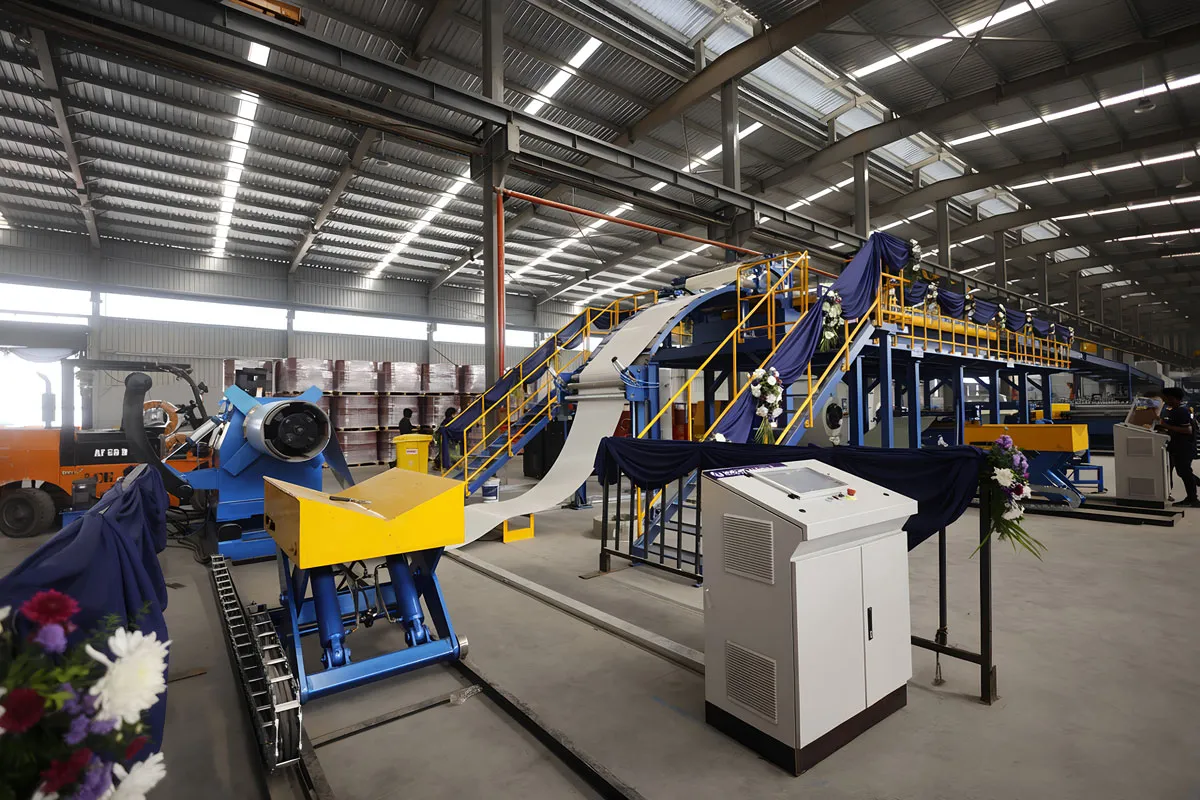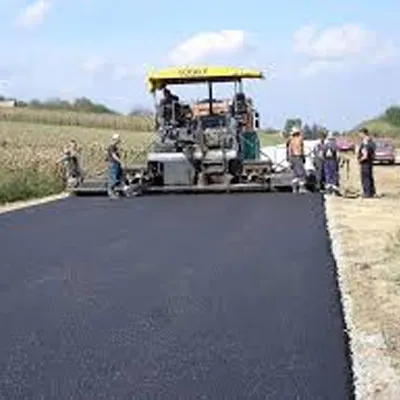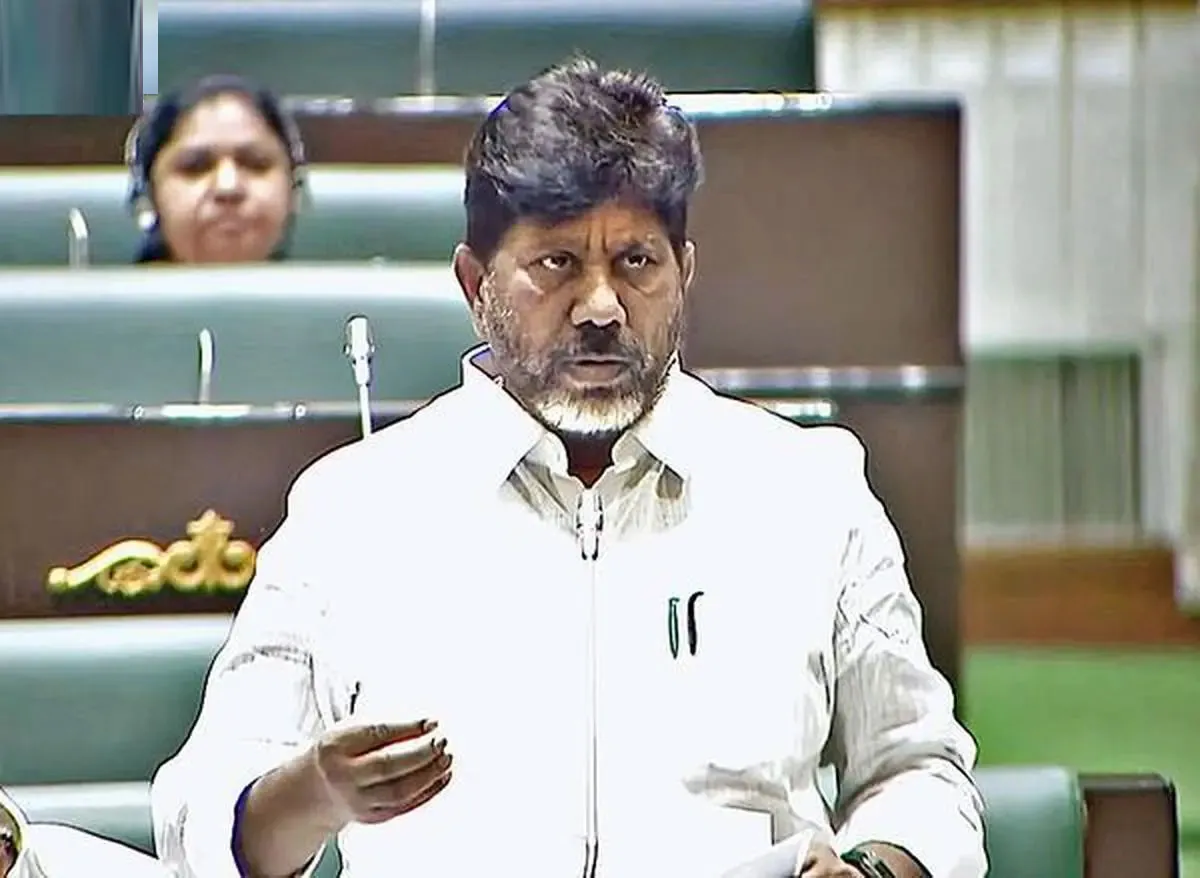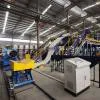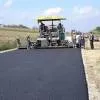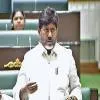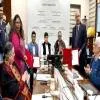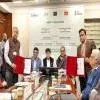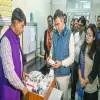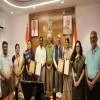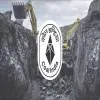Since taking over the charge last year as the MMRDA chief, while the pandemic was still an obstacle, how will you describe your journey so far?
When I took on the mantle of the chief, MMRDA had already achieved a lot of milestones; and it is my highest privilege now to take this legacy forward. I am a firm believer in the philosophy of enjoying the journey, rather than worrying about the goals, and I am enjoying every bit of this journey.
It is a given that there will be a certain set of obstacles on every path we choose. As long as we work, obstacles will always be there, and they will only stop when we stop working. It is how we respond to these obstacles that give us a sense of satisfaction, and sets us apart from the rest.
Making the first phase of metro line 2A and metro line 7 operational this April, after these many years has been one of the key milestones for us, while the second phase is slated to be commissioned in the next couple of months. This year itself we completed and commissioned around three to four major flyovers within the Mumbai Metropolitan Region (MMR) which was a big boost for the residents of Mumbai.
Additionally, we have managed to conceptualise certain major projects as well. Notably, we have launched a well-thought-out long-term vision plan for the MMR, in addition to the transportation plan which will be valid for the next 20 years.
The third part that completes this tripod is managing resource mobilisation for the financial closures of various projects commissioned by MMRDA. All these form a strong foundation for reaching the MMRDA goals.
In the metro rail segment, timely execution matters especially if one is borrowing at 7.5%. What is your mantra for adhering to stringent project implementation?
We at MMRDA have well-equipped, capable and time-tested teams. The three pillars of our strong unit comprise of the projects, planning, and finance departments. These highly efficient teams have been instrumental in delivering the desired results for MMRDA on all fronts.
With the project management team, we started with some of the best practices in the industry. We have a stand-up meeting every day for each of the ongoing projects. Similarly, we also have a catch-up plan for all the projects. We make swift use of innovative tools like s-curve, PERT, CPM, etc. which are not generally used in government organisations. We rigorously follow the best global practices to ensure all our projects take off smoothly.
We have catch-up plans set in place in terms of cost and time. We ensure that loss of time is taken care of in all our public projects, as eventually, it reflects on the overall cost of the project. For instance, the COVID-19 pandemic had an impact all across the globe and delayed all the MMRDA projects. But, we came up with a catch-up plan for the lost time, and are ensuring that it is getting executed as per the new plans. Most importantly, we have strategically allotted Tuesdays and Thursdays of every week for site visits, and our entire team of engineers, including myself, dedicatedly follow it.
What have been some of the most challenging aspects of commissioning a metro rail project that is as complex as Mumbai?
In a brownfield setting like Mumbai which is a highly fast-paced and active city, we cannot just keep it at a standstill and carry out our execution work. A lot of issues are bound to exist now and then, and we overcome them through regular interactions with different multiple stakeholders involved in public projects. We do face a lot of issues including slums, traffic, infrastructure obstacles, utility issues, and so on, but what is more important for us is to come up with solutions for all of them.
Having regular interactions with the concerned stakeholders brings a way out for us. In addition to this, we have weekly reviews as well as stand-up meetings on each project daily wherein the issues of each day are discussed and a solution is been derived immediately. We have targets set for senior officers, and they write what they have achieved during the week, and it has been immensely beneficial for us.
How do you see the role of technology and how much emphasis is being laid on deploying technology?
We use BIM technology in most of our projects. The usage of drones has also been a regular aspect of our major public projects. Importantly, we use the latest technologies like an embedded system in construction that enables us to ensure quality work is done and to carry out remote monitoring of the projects. Although we make use of GIS mapping and GPS monitoring systems, most importantly the latest civil construction technologies are also used by us.
For instance, we have used the orthotropic steel deck patented technology from Japan for our metro projects. It is the first-ever use of 200 mtr long steel spans in bridges in India. These spans are not only longer in size, but lighter in weight as well which helps in faster construction. These orthotropic steel decks, unlike heterotopic decks, are vertically compressed and give a lot of tensile strength to the steel.
We also opt for the best technologies in electronics and communications. For metros, we have used Communications Based Train Control (CBTC) technology, a driverless railway signalling system that makes use of telecommunications between the train and track equipment for traffic management and infrastructure control.
By using all these innovative technology systems MMRDA keeps itself upgraded and future ready.
Having more than two decades of rich experience in urban infrastructure, what according to you are the factors that stop the infrastructural growth of any city?
Having witnessed the infrastructure domain for over two decades, I can share five pillars for successful development. Firstly, for a smoother infrastructure execution, timely decision-making is of paramount importance as it avoids the cost and time overruns. For instance, take into consideration the Mumbai Trans Harbour Line which was under the development plan of 1967. Almost two generations have passed by since the plan was ideally conceptualised.
Secondly, smart project planning also is a vital cog in any infrastructure development. Another prime factor for the growth is the financial closure of the projects. Just throwing tenders and appointing agencies is not of any purpose unless the financial closure plan is set in place.
Further, constant multiple stakeholders discussion and communication will ensure transparency and accountability in the project, and will eventually make it viable. And finally, keeping ourselves abreast with the latest technologies around the globe will play an important role in any infrastructural growth in any corner of the country.
What sanctions or concessions are planned by MMRDA to develop the areas surrounding the metro to balance sustainability through real estate development?
MMRDA is the largest real estate player in the country and we generate huge revenue from it. It enables us to develop growth interests in areas like Bandra-Kurla Complex. Recently, we closed a couple of huge real estate deals with Japan’s Sumitomo that broke all the records.
Also, new tools are coming up in terms of funding along the project corridors. For instance, we are exploring the concept of transit-oriented development (TOD) which is the exciting fast growing trend in creating vibrant, livable, and sustainable communities. We will be experimenting on these lines, although it is still in the proposal stage.
Furthermore, connectivity to the hinterland is also a priority for MMRDA. Apart from the land getting connected, more importantly, it enables the value capture to internalise the benefits for the concerned projects.
What plans are set in place by MMRDA for seamless connectivity along with metro infrastructure?
We have a concept called multi-modal integration (MMI) wherein public transport, private transport, and intermediate public transport (IPT) are brought together to provide seamless travel for the citizens. We have already executed the same model for phase 1 of line 7 and will follow suit in the rest of the phases.
Could you throw light on the recent developments in the Mumbai Trans Harbour Link project?
Mumbai Trans Harbour Link is the longest sea bridge construction in India planned to facilitate the decongestion of Mumbai city by improving connectivity between Mumbai and Navi Mumbai. We have deployed the latest technologies to ensure faster execution. The project is currently in the catch-up mode and almost 85 per cent of the work has been completed, and we intend to make it operational for the public by the end of 2023.
What other infrastructure initiatives could be initiated by MMRDA to change the Mumbai horizon?
Thane is a very important part of the Mumbai metropolitan region (MMR), and after Mumbai, it is by far the largest region integrated with the island city. Under the guidance of the Chief Minister of Maharashtra, many projects are being planned in the Thane region. As Mumbai has become densely congested, we have identified many projects with an emphasis on connectivity within the MMR so that the surrounding area also gets developed. We are on the verge of appointing various agencies to prepare the DPR and feasibility reports.
With all the infrastructure development being carried out, how do you foresee the emergence of Mumbai city in the coming years?
By 2025 Mumbai will have a highly robust infrastructure in place. The Mumbai citizens will not have to wait in queue for a longer time, and I foresee a substantial portion of people not using private transport anymore. Three years down the line almost all of the ongoing projects are slated to be completed, and the citizens of Mumbai can reach from one end to the other within an hour. We will ensure that people’s time is valued, their productivity and efficiency are kept intact, and there is assured predictability in their travel schedule. We are looking ahead to make Mumbai a global iconic city with a lot of infrastructure in place and eventually help the economic growth of the city.
